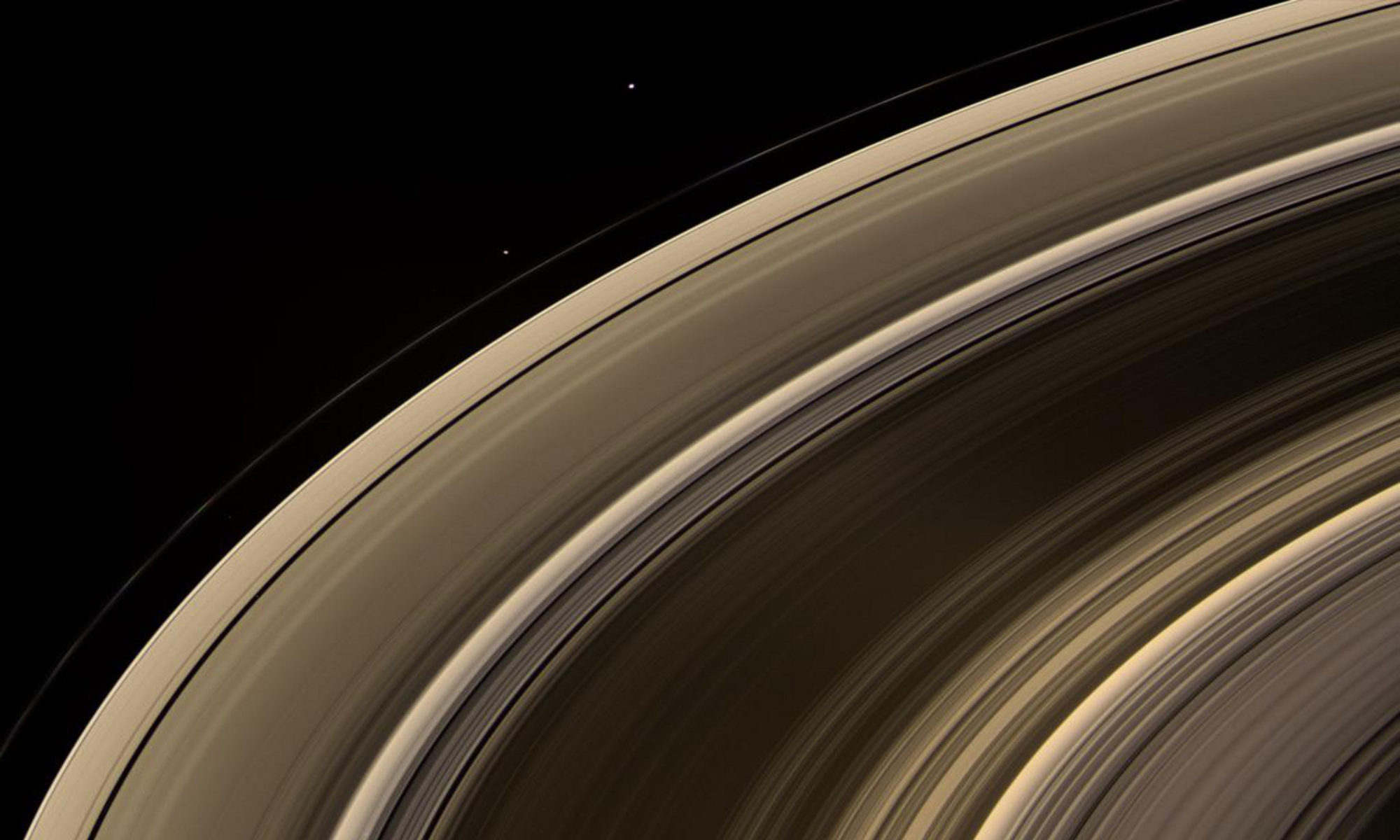Like many, tomorrow morning on Monday 21 August 2017, I will be outside watching the so called Great American Eclipse. This total solar eclipse will cross the entire continental united states from Oregon to South Carolina.
The internet is abuzz about this event, as well it should be! But some of the information you find online may be incorrect or at the very least misleading. NASA has a page here debunking many of these misconceptions. Below are some general viewing tips which hopefully will help everyone to have a good safe time viewing the eclipse.
Safety tip #1: Do NOT look directly at the with the naked eye or through a telescope or binoculars, unless you have the proper viewing equipment which I will describe below. Permanent damage to the eye can occur if you view the sun (at any time) with the naked eye. The only exception to this is for the brief few minutes of totality when the sun is 100% covered by the Moon. Then and only then can one look with the naked eye. And you can only do that if you physically are present somewhere along the path of totality. An interactive eclipse map from NASA will show you where that is. https://eclipse2017.nasa.gov/
First, let’s get the basics down. A total eclipse of the Sun is an event in which the Moon passes between the Sun and the Earth, totally blocking the bright photosphere of the Sun. The photosphere generates the intense bright light that we see in the sky. When the Moon completely blocks the Sun in this way, the outer atmosphere of the sun called the Corona becomes visible. While total eclipses are not particularly rare, they are very rare to see from any particular location on Earth due to the narrow path of the shadow of the moon as it passes in front of the Sun. That’s what makes this event so special for us the US, because we haven’t had a total eclipse like this in a very long time.
In order to see the total eclipse, you must physically be somewhere along the so called “path of totality”. Click the link above to see NASA’s interactive map showing this path as well as eclipse times. But even if you can’t make the drive to the path of totality, you can still enjoy a very good partial solar eclipse just about anywhere in North America, with the proper equipment.
Safety tip #2: Get the right equipment for a safe eclipse viewing experience. Got a cardboard box? Then you have the right equipment. I’ll explain below.
Perhaps the easiest way to view the partial eclipse leading up to totality is to grab a cardboard box, a piece of aluminum foil and some tape and make an eclipse viewer. NASA has a great video (see embedded video below for instructions) explaining how to do this. It’s extremely easy and will allow you to safely view the eclipse from anywhere.
Safety tip #3: If you can get your hands on a pair of eclipse glasses, you can view the whole by looking directly at the sun while wearing them. There have been reports of counterfeit glasses out there which may not be safe, so look for the ISO-compliant labeling as described here (https://eclipse.aas.org/eye-safety/iso-certification). Only ISO certified glasses are safe to use. There are many events at museums and similar venues throughout the country that have them for sale or for free. Don’t just buy them from some dude in a van, make sure you get them from a reputable source. In the absence of eclipse glasses, just use the pinhole box method listed above, you will still have a great experience.
Safety tip #4: Don’t use a telescope or binoculars unless you already know what you are doing. If you are a pro and you have the proper safety filters, etc. then you can ignore this warning. But for the general audience, if you were to look through a telescope at the sun without proper filtration, you could permanently damage your eyes. If you really want to see through a telescope, look in your area for an observatory or astronomy club that might be having an event where you can safely view the eclipse through a telescope. Safety first!
Good luck and have fun!
-Josh


Josh, I always enjoy reading your thoughts and insight, and you’ve helped a lot with you knowledge of the eclipse. Thank you from all of us South of Denver! We really had a ball! mom